Aviation Safety Monitor Weekly Report for the Week Ending November 16, 2024
Safety margins decreased again last week, continuing the negative trend of the past five months. Last week’s total buffer encroachment durations for all monitored airports were the highest recorded since the Aviation Safety Monitor began reporting in February 2024. The number of buffer encroachment events also reached a high for this year. Daily encroachment durations for the first sixteen days of November are 31 percent higher than the October daily average. The October average was 8.9 percent above the September average and 47 percent above the May 2024 average. Average daily encroachment durations have now increased for six consecutive months.
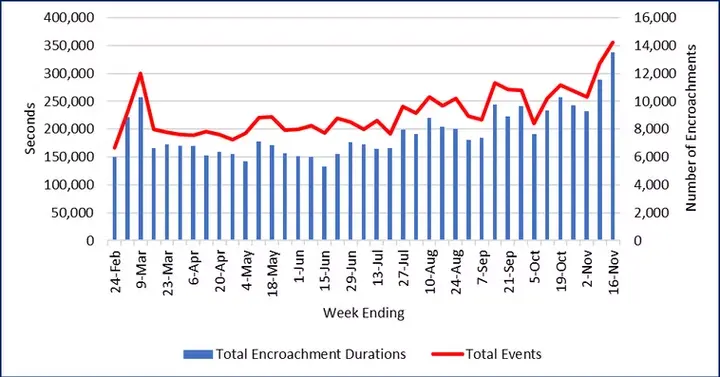
Figure 1. Weekly Buffer Encroachment Metrics
Welcome back to the Weekly Aviation Safety Report. Every Monday Robust Analytics reports on safety margins at 26 United States airports. With this Aviation Safety Monitor Weekly Report, Robust Analytics offers the aviation community timely assessments of changing safety margins and safety-related events. Dates and times are tracked in UTC and the week ends at midnight every Saturday. This week’s report includes data through 2400 UTC on November 16, 2024.
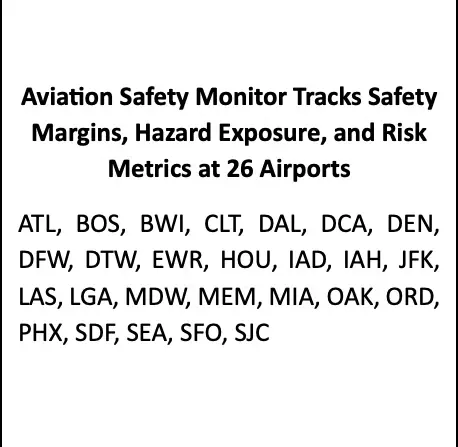
For New Readers: Please read our article “Did Safety Degrade in the National Airspace System in the Winter of 2022-2023?” that applies our methods and data to examine whether safety margins decreased during the events of winter 2022-2023.
The Aviation Safety Monitor measures safety margins by estimating the frequency, duration, and severity of buffer encroachments. Our paper “How Do We Measure Safety Margins?” provides a detailed description of the methods and data. That article can be found here https://www.robust-analytics.com/measure on the Robust Analytics website.
Weekly Safety Margin Update. This week we continue reporting buffer encroachment durations by separation conformance category. This added detail is more informative to readers, as the Category PE and C buffer encroachments are strongly affected by meteorological conditions. In fact, by definition during visual meteorological conditions there are no buffer encroachments. The more severe encroachments in Category A and B provide a better indicator of changing safety margins.
Figure 2 reports the weekly total durations for the two conformance category groupings. The Category PE and C weekly durations bounce around with no obvious long-term trend over the past eight months, primarily reflecting changes in meteorological conditions. That said, the PE and C durations have jumped up the past three weeks and are now at the highest levels since the week ending March 9.The Category A and B durations report a very different story, with a strong upward trend since May even after falling for the past three weeks. The Category A and B durations for the week ending November 16 increased 30 percent over the previous week, and are now 2.2 times greater than the low recorded in the first week of May. The daily duration average for October was 31 percent above the average for September and 92 percent higher than the month of May.
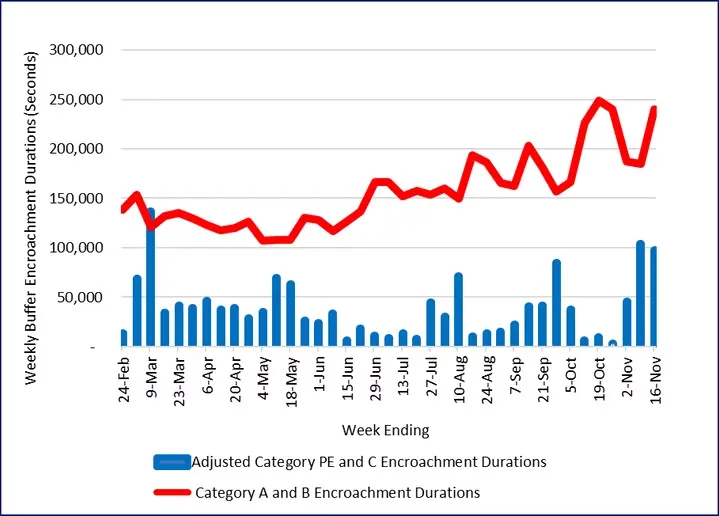
Figure 2. Weekly Trends in Encroachment Durations By Separation Conformance Category
Figure 3 reports the 7-day moving average encroachment duration of all conformance categories per aircraft for the past three months. Figure 3 also indicates the historical range of the data by showing the 25th, 75th, and 90th percentile values of the duration per aircraft metric. The percentiles were estimated using data from May 2022 through February 2024.
The chart shows a deterioration in safety margins since August. Average daily encroachment durations in November are running 31 percent above the daily October average. The October daily average was 8.9 percent higher than the September average, which was also 8.9 percent above the August average. Daily encroachment durations were 10.2 percent higher in August than in July, and the July average was 16.4 percent higher than the June daily average. Average daily durations have now increased for six consecutive months, with the October daily average 48 percent higher than in April. The first half of November continues the negative trend.
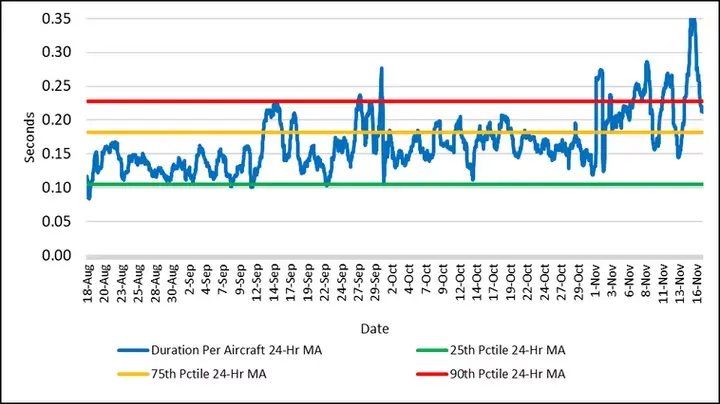
Figure 3. 24-Hour Moving Average Encroachment Duration Per Aircraft for the Three Months Ending November 16, 2024
The long-term trends are even more obvious is Figure 4, which shows the 24-hour moving average for daily encroachment event rates and durations per aircraft across the 26 airports in the 17 metropolitan areas that we monitor. The upward trend in average encroachment durations since June is readily apparent. Last week’s metrics confirmed that the big jump in the first days of November were a significant step-up in the level of buffer encroachments.
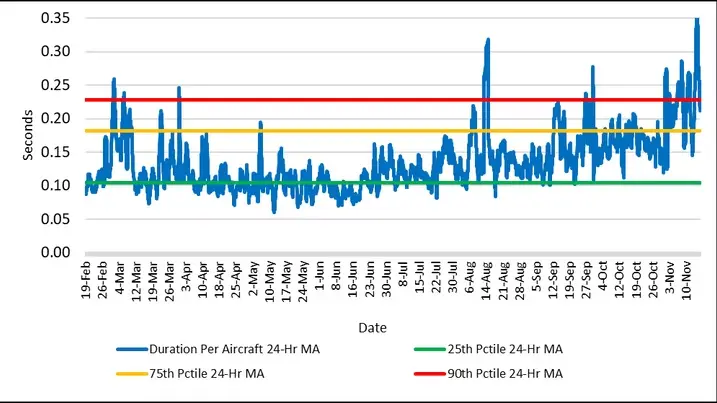
Figure 4. Encroachment Duration Per Aircraft and Event Rates for February 18, 2024 through November 16, 2024
The Aviation Safety Monitor summarizes output from Risk Tracker, the Robust Analytics in-time terminal airspace hazard and safety metrics monitoring system.
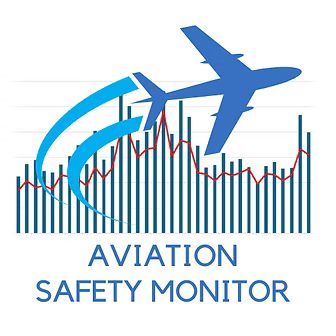
About the Aviation Safety Monitor
The Aviation Safety Monitor is a service provided by Robust Analytics to deliver timely information on terminal area safety in the National Airspace System (NAS). The safety monitoring and prediction technologies were developed by Robust Analytics over the past several years. Partial funding was provided by the NASA Small Business Innovation Research Program and the NASA System Wide Safety Project.
The Aviation Safety Monitor provides quantitative estimates of safety margins at 26 airports in 17 metropolitan regions in the United States. This information complements data on several safety-related events that are published elsewhere, with the FAA’s Runway Incursion Statistics website a good example. However, the available safety information can be misleading if it only reports the frequency of violations with no insight into how safety buffers may vary minute-to-minute and day-to-day. The Aviation Safety Monitor aims to provide this insight every week.
